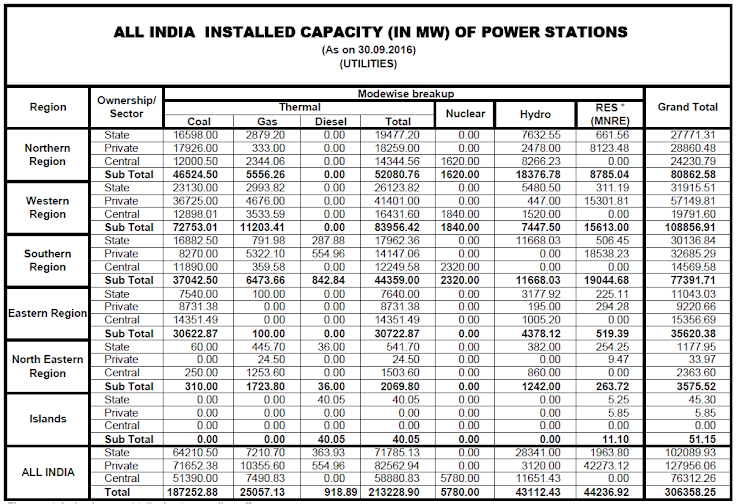It is not common for the government to issue a Presidential order, forcing Coal India to sign fuel pacts with power producers. Now, the board of directors of CIL has created a chapter in the history of corporate governance in government-owned companies in India. It has effectively ensured that the company does not pay for the decisions taken by its promoter.
Taking a cue from the Presidential order that allows the company to decide on the penalty to be imposed, the CIL board has set penal provisions, in the event of failure to honour the supply pacts, at ridiculously low levels. Back of the envelope calculations show that even if the company cannot provide for the minimum requirement of 69 million tonnes of coal against the new FSAs to be signed, it will end up paying a total penalty of approximately Rs 1 crore annually.
SHAREHOLDER INTEREST
Consider a Rs. 50,000 crore balance sheet and you know how much that penalty matters to CIL. The decision is largely credited to the independent directors. There was no way that the board could override their view, as independent directors comprise 50 per cent of board.
The developments reaffirm the importance of issues raised by The Children's Investment Fund Management (TCI), UK, which are wholly directed at enhancing shareholder value — especially that of minority shareholders, who invest their hard earned money in government-owned companies, and then haplessly watch the government compromising the interest of these companies.
The government is unaffected as it collects its share of taxes and, even forces such PSUs to fork out huge dividends, all of which have a questionable impact on the market value of stocks. PSU oil stocks are a perfect case in point, on how minority investor's interest is compromised by the government. And, one may wonder why independent directors on board of these companies are not equally assertive. But that is just one way of looking into the issue.
So far, the Union Government has failed miserably in taking care of wider issues that throttle the growth of the mining sector, under public or private ownership.
Though the National Coal Distribution Policy (NCDP), declared by UPA-I, wanted the Railways to give an undertaking on delivery of coal, the government did not implement it. Politics seems to ensure that different arms of the same government operate in isolation.
CIL was created because government wanted to keep commercial coal production its exclusive domain. It, therefore, follows that the government is responsible for for failing to increase coal production in the country.
EVADING RESPONSIBILITY
Seen in this perspective, the Presidential order was just another way of passing the buck on a company, which was so far pandering to the whims and fancies of the same government.
The intention was questionable, and the CIL board, rightly or wrongly, responded to the directive by expressing its intention to supply coal, but denied accepting full responsibility for the cause.
Just as the government did not spell out how CIL's interests are protected, the independent directors ensured CIL's immediate financial interests are protected, without much regard for the cause of power generation.
It is widely anticipated that the unprecedented board action may now be countered by another directive from the government. The government should now adopt a more holistic approach to the development of the coal sector.


